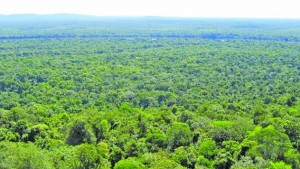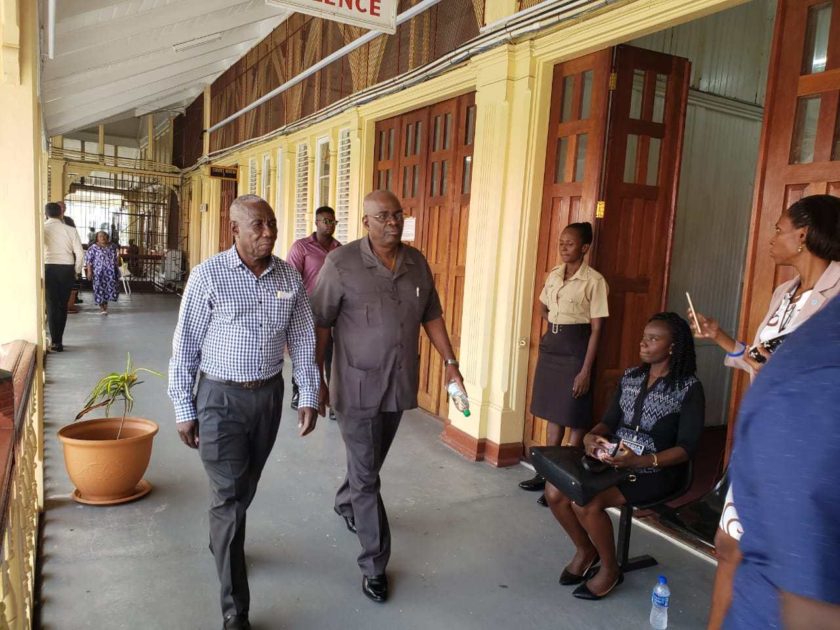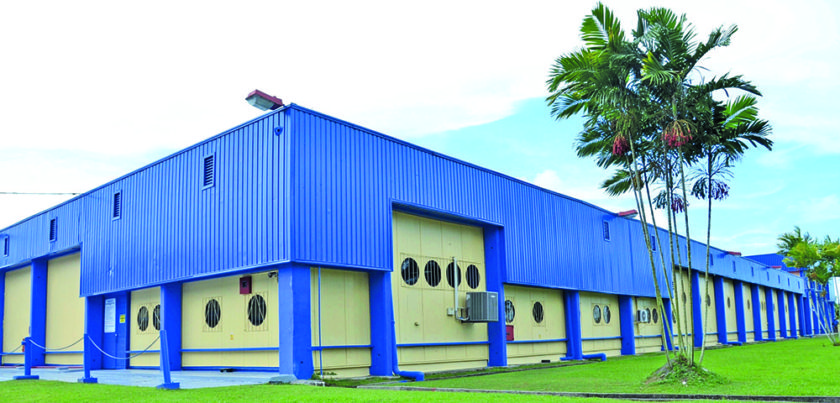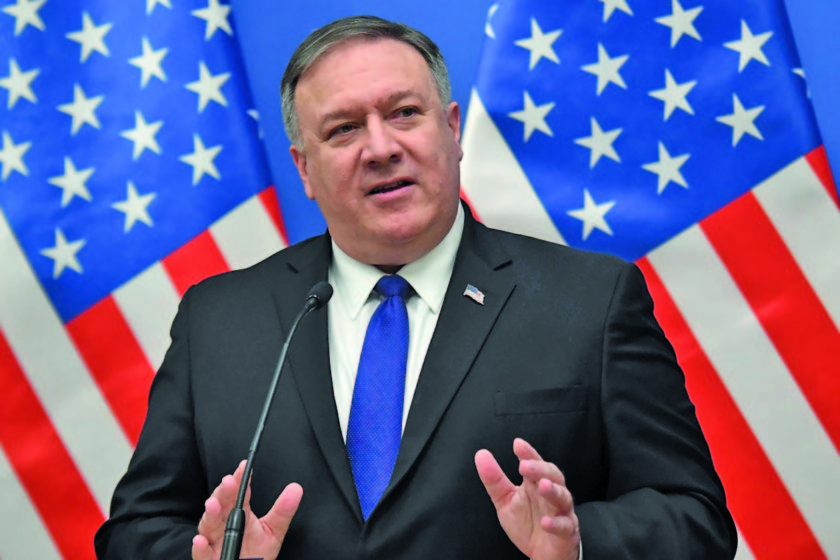Former President Bharrat Jagdeo was lauded by the Forbes Magazine for embarking on Guyana’s Low Carbon Development Strategy (LCDS), and commended for the manner in which he was able to secure funding from the Norwegian government for the protection of rainforests in Guyana.
In “Standing up: Guyana and Norway partner to keep trees standing”, written by contributor Mindy Lubber and published online at www.forbes.com on April 26, the vastly different two countries’ partnership on a project that will benefit thousands of Guyanese by providing them with cheaper, cleaner energy, was highlighted.
Below is the full text.




